Treatments We Provide
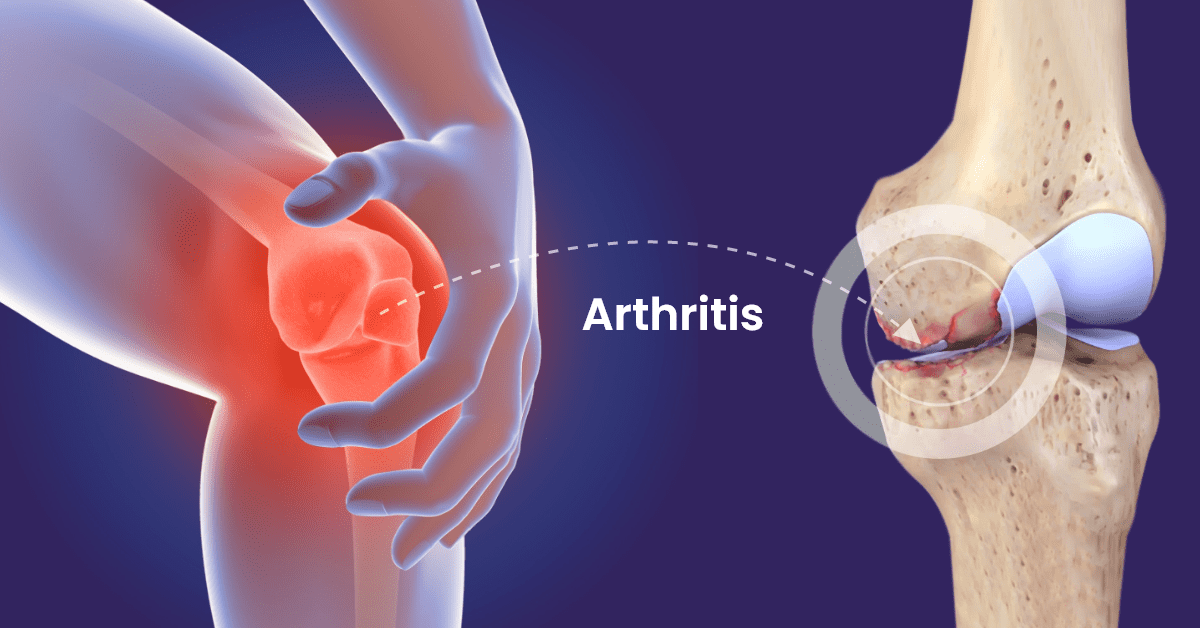
Arthritis
Arthritis is a joint disorder featuring inflammation. A joint is an area of the body where two bones meet. A joint functions to allow movement of the body parts it connects. Arthritis literally means inflammation of one or more joints. Arthritis is frequently accompanied by joint pain. Joint pain is referred to as arthralgia.
Arthritis is classified as one of the rheumatic diseases.they have a tendency to affect the joints, muscles, ligaments, cartilage, and tendons, and many have the potential to affect internal body areas as well.here are many forms of arthritis (over 100 have been described so far, and the number is growing). The forms range from those related to wear and tear of cartilage.rthritis sufferers include men and women, children and adults. More than half of those with arthritis are under 65 years of age.
Symptoms of Arthritis:
Inability to use the hand or walk
Stiffness, which may be worse in the morning,
or after use
Malaise and fatigue
Weight loss
Poor sleep
Muscle aches and pains
Tenderness
Difficulty moving the joint
It is common in advanced arthritis for
significant secondary changes to occur. For example, arthritic symptoms might make it
difficult for a person to move around and/or exercise, which can lead to Secondary
effects, such as: Muscle weakness, Loss of flexibility, Decreased aerobic fitness.
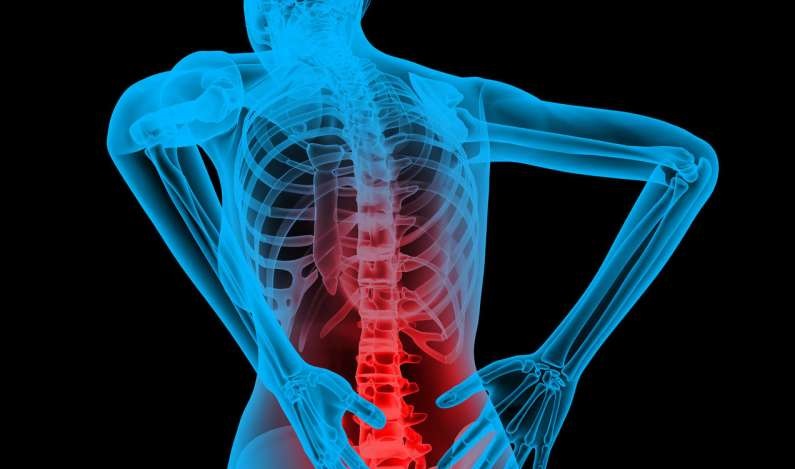
Back Pain
Back pain is pain felt in the back. It is divided into neck pain (cervical), middle back pain (thoracic), lower back pain (lumbar) or coccydynia (tailbone or sacral pain) based on the segment affected.[1] The lumbar area is the most common area for pain, as it supports most of the weight in the upper body.he pain may be characterized as a dull ache, shooting or piercing pain, or a burning sensation. Discomfort can radiate into the arms and hands as well as the legs or feet, and may include numbness,or weakness in the legs and arms.
Symptoms of back pain:
Weight loss
Fever
Inflammation or swelling on the back
Persistent back pain, where lying down or
resting does not help
Pain down the legs
Pain that reaches below the knees
A recent injury, blow or trauma to the
back
Urinary incontinence
Difficulty urinating
Fecal incontinence, or loss of control over
bowel movements
Numbness around the genitals
Numbness around the anus
Numbness around the buttocks

Constipation
Constipation refers to bowel movements that are infrequent or hard to pass.It is a condition of the digestive system where an individual has hard feces that are difficult to expel. In most cases, this occurs because the colon has absorbed too much water from the food that is in the colon.The slower the food moves through the digestive tract, the more water the colon will absorb from it. Consequently, the feces become dry and hard.When this happens, emptying the bowels can become very painful.
Symptoms:
Stomach ache
Stomach cramps
Feeling bloated and nauseous
Losing appetite
Hard or small stools
Rectal bleeding and/or anal fissures
caused by hard stools
Passing fewer than three stools a week
Feeling as though there’s a blockage in
your rectum that prevents bowel movements
Feeling as though you can’t completely
empty the stool from your rectum.
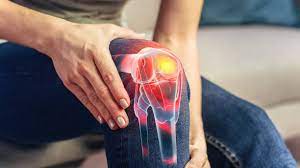
Electronics
Knee pain is a common problem that can originate in any of the bony structures compromising the knee joint (femur, tibia, fibula), the kneecap (patella), or the ligaments and cartilage (meniscus) of the knee. Knee pain can be aggravated by exercise, affected by the surrounding muscles and their movements, and be triggered by other problems (such as a foot injury).The location of the knee pain can vary depending on which structure is involved. With infection or an inflammatory process.
Symptoms:
Difficulty walking due to instability of
the knee
Limping due to discomfort
Difficulty walking up or down steps due to
ligament damage
Locking of the knee (unable to bend the
knee)
Redness and swelling
Inability to extend the knee, and
Shifting weight to the opposite knee and
foot.
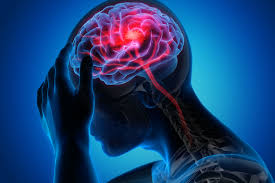
Hypertension
Hypertension is another name for high blood pressure. It can lead to severe complications and increases the risk of heart disease, stroke, and death.Blood pressure is the force exerted by the blood against the walls of the blood vessels. The pressure depends on the work being done by the heart and the resistance of the blood vessels.Narrow arteries increase resistance. The narrower your arteries are, the higher your blood pressure will be.Medical guidelines define hypertension as a blood pressure higher than 130 over 80 millimeters of mercury (mmHg).Normal blood pressure is 120 over 80 mm of mercury (mmHg), but hypertension is higher than 130 over 80 mmHg.Acute causes of high blood pressure include stress, but it can happen on its own, or it can result from an underlying condition, such as kidney disease.
Symptoms:
A person with hypertension may not notice
any symptoms, and it is often called the “silent killer.”
Headaches
Shortness of breath or
Nosebleeds
Sweating
Anxiety
Sleeping problems
Blushing
Chest pain
Visual changes
Blood in the urine.
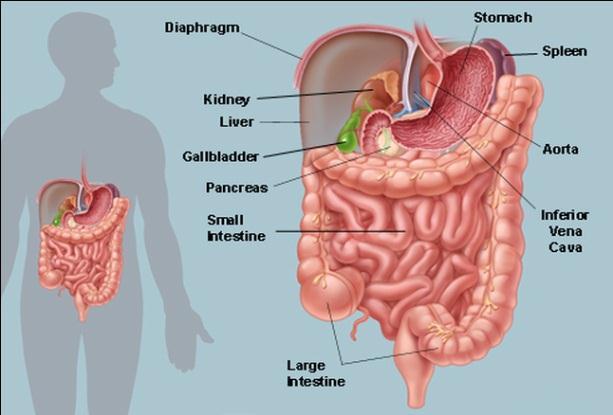
Abdominal Disorder
Abdominal pain is pain that occurs between the chest and pelvic regions. Abdominal pain can be crampy, achy, dull, intermittent or sharp. It’s also called a stomachache.It is also known as a stomach ache, is a symptom associated with both non-serious and serious medical issues.
Symptoms:
Stomach pain
Indigestion
Constipation
Fever
Sweating
Cramping
Diarrhea
Gas
Acid reflux
Vomiting/a nauseous feeling
Bloody stools or vomit
Painful or unusually frequent
urination
Tenderness in the abdomen
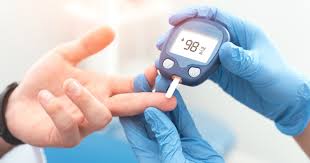
Diabetes
Most of the food we eat is turned into glucose, or sugar, for our bodies to use for energy.The pancreas, an organ that lies near the stomach, makes a hormone called insulin to help glucose get into the cells of our bodies.When you have diabetes, your body either doesn’t make enough insulin or can’t use its own insulin as well as it should. This causes sugars to build up in the blood.Diabetes can cause serious health complications including heart Disease, blindness, kidney failure, and lower-extremity amputations.
Symptoms:
Increased frequency of urination,
especially at night
Frequently feeling thirsty
Weakness and fatigue
Unexplained loss of weight
Genital itching or thrush
Blurred vision
Increase in healing time of cuts and
wounds

Mongolism/Down Syndrome
Down syndrome is a genetic disorder caused when abnormal cell division results in an extra full or partial copy of chromosome 21. This extra genetic material causes the developmental changes and physical features of Down syndrome. Down syndrome varies in severity among individuals, causing lifelong intellectual disability and developmental delays. It’s the most common genetic chromosomal disorder and cause of learning disabilities in children. It also commonly causes other medical abnormalities, including heart and gastrointestinal disorders. The likelihood having Down syndrome is around 1 in every 700 pregnancies. It is determined by many factors, but research suggests there is a higher risk if the mother delivers at over 35 years of age.Before the age of 30 years, fewer than one in 1,000 pregnancies will be affected by Down syndrome. After the age of 40 years, this figure rises to about 12 in 1,000.
Symptoms:
Flattened face
Small head
Short neck
Protruding tongue
Upward slanting eye lids (palpebral
fissures)
Unusually shaped or small ears
Poor muscle tone Broad, short hands with a
single crease in the palm
Relatively short fingers and small hands
and feet
Excessive flexibility Tiny white spots on
the colored part (iris) of the eye called Brushfield’s spots
Short height.
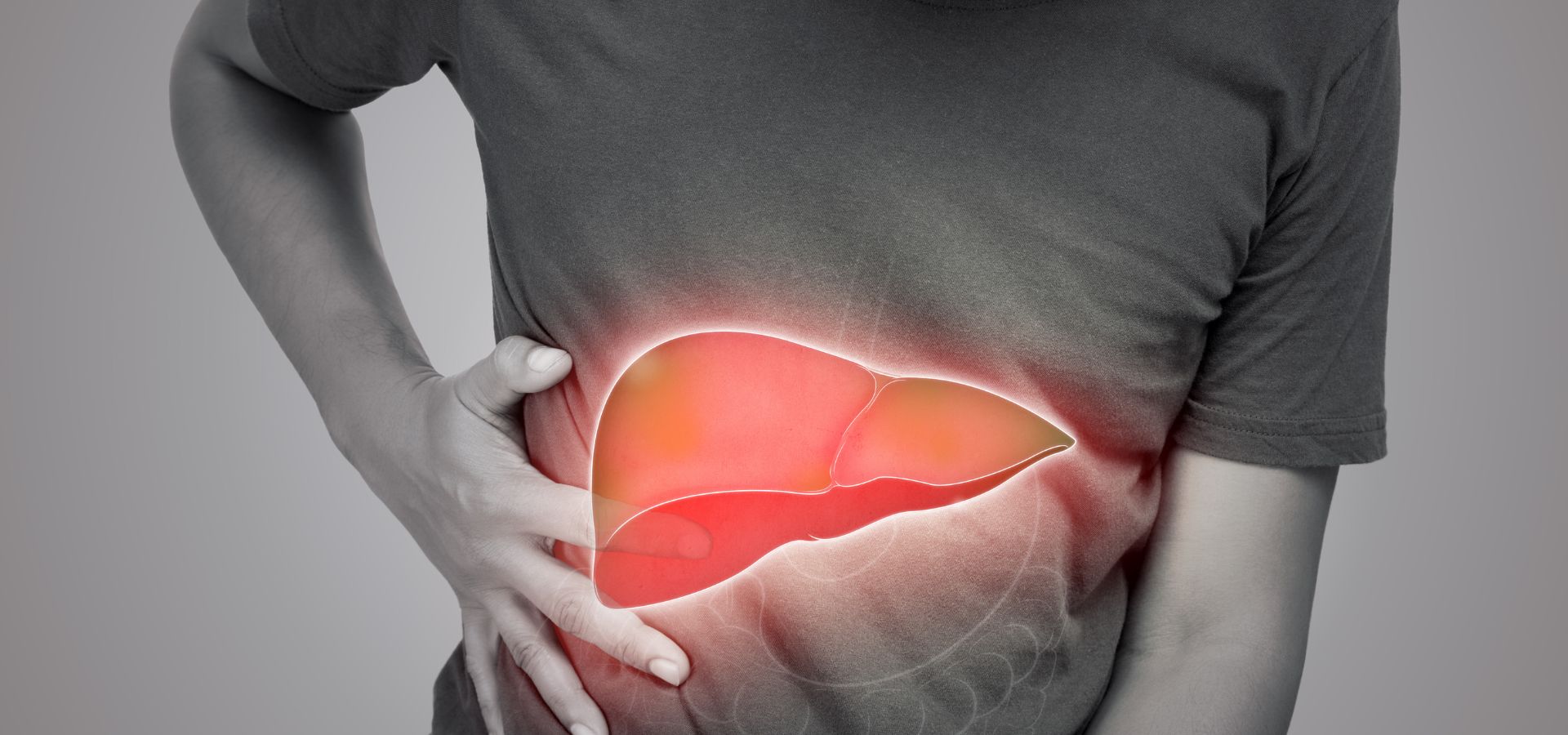
Liver Disorder
The liver is an organ about the size of a football that sits just under your rib cage on the right side of your abdomen. The liver is essential for digesting food and ridding your body of toxic substances.Liver disease can be inherited (genetic) or caused by a variety of factors that damage the liver, such as viruses and alcohol use. Obesity is also associated with liver damage.A variety of illnesses can affect the liver, for example, certain drugs like excessive amounts of acetaminophen, and acetaminophen combination medications like Vicodin, Norco, and statins,cirrhosis,alcohol abuse,non-alcoholic fatty liver disease.
Symptoms:
Skin and eyes that appear yellowish
(jaundice)
Abdominal pain and swelling
Swelling in the legs and ankles
Itchy skin
Dark urine color
Pale stool color, or bloody or
Tar-colored stool
Chronic fatigue
Nausea or vomiting
Loss of appetite
Tendency to bruise easily

Weight Lose/Gain
Weight loss, in the context of medicine,
health, or physical fitness, refers to a reduction of the total body mass, due to a
mean loss of fluid, body fat or adipose tissue or lean mass, namely bone mineral
deposits, muscle, tendon, and other connective tissue. Weight loss can either occur
unintentionally due to malnourishment or an underlying disease or arise from a
conscious effort to improve an actual or perceived overweight or obese state.
Weight gain is an increase in body weight. This can involve an increase in
muscle mass, fat deposits, excess fluids such as water or other factors. Weight gain
can be a symptom of a serious medical condition.
Symptoms:
Weight Loss:
Dementia
Depression
Diabetes mellitus
Eating disorders
Infecton
Parkinson’s disease
Smoking
Weight Gain:
Fever
Skin sensitivity
Shortness of breath
Difficulty breathing
Swollen feet
Heart palpitations
Sweating
Changes in vision
Rapid weight gain

Vomiting
Vomiting, or throwing up, is a forceful discharge of stomach contents. It can be a one-time event linked to something that doesn’t settle right in the stomach. Recurrent vomiting may be cause by underlying medical conditions. Frequent vomiting may also lead to dehydration, which can be deadly if left untreated.Vomiting is rarely painful but never pleasant. Vomiting, also known scientifically as “emesis” and colloquially as throwing up, retching, heaving, hurling, puking, tossing, or being sick, is the forcible voluntary or involuntary emptying of stomach contents through the mouth or, less often, the nose.
Symptoms:
Abdominal pain
Diarrhea
Fever
Lightheadedness
Vertig
Rapid pulse
Excessive sweating
Dry mouth
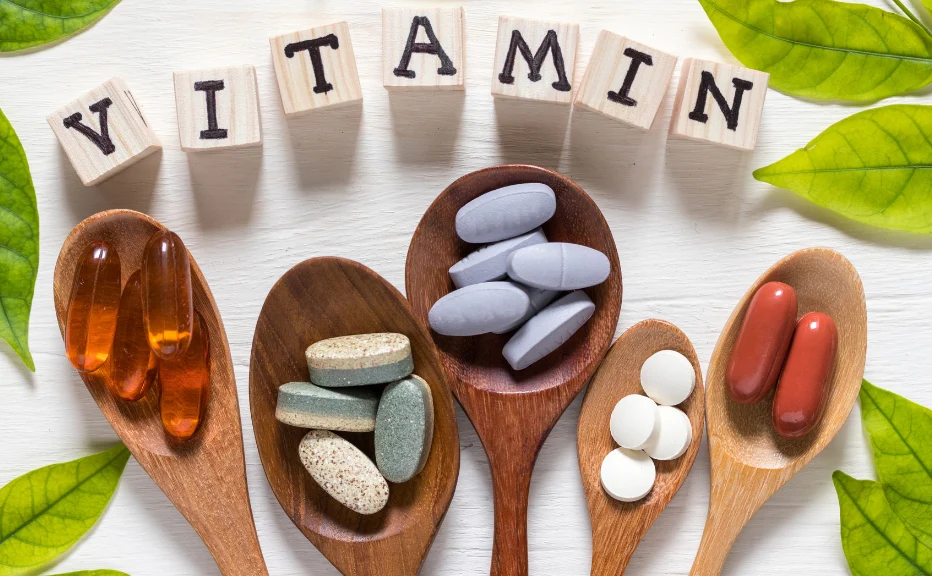
Vitamins Deficiency
A vitamin deficiency can cause a disease or syndrome known as an avitaminosis or hypovitaminosis. This usually refers to a long-term deficiency of a vitamin. When caused by inadequate nutrition it can be classed as a primary deficiency, and when due to an underlying disorder such as malabsorption it can be classed as a secondary deficiency. An underlying disorder may be metabolic as in a defect converting tryptophan to niacin. It can also be the result of lifestyle choices including smoking and alcohol consumption. Examples are vitamin A deficiency, folate deficiency, scurvy, vitamin D deficiency, vitamin E deficiency, and vitamin K deficiency.
Symptoms:
Fatigue
Shortness of breath
Dizziness
Pale or yellowish skin
Irregular heartbeats
Weight loss
Numbness or tingling in your hands and
feet
Muscle weakness
Personality changes
Unsteady movements
Mental confusion or forgetfulness

Vertigo
Vertigo is a sense of rotation, rocking, or the world spinning, experienced even when someone is perfectly still.It can happen when there is a problem with the inner ear, brain, or sensory nerve pathway. Dizziness, or vertigo, can happen at any age, but it is common in people aged 65 years and over. Vertigo can be temporary or long-term. Persistent vertigo has been linked to mental health issues. A psychiatric problem may cause the dizziness, or vertigo may affect a person’s ability to function in daily life, potentially leading to depression or anxiety.
Symptoms:
Balance problems and lightheadedness
A sense of motion sickness
Nausea and vomiting
Tinnitus
A feeling of fullness in the ear
Headache

Anal Fissure/Fistula
An anal fissure is a small tear or cut in the skin lining the anus, which can cause pain and/or bleeding. The pain typically is sharp and is worse with bowel movements. The most common cause is a hard, dry bowel movement. Other causes of an anal fissure include diarrhea and inflammation of the anorectal area. Anal fissures may be noticed by bright red anal bleeding on toilet paper and undergarments, or sometimes in the toilet.Fissure depth may be superficial or sometimes down to the underlying sphincter muscle. Untreated fissures develop a hood like skin tag which cover the fissure and cause discomfort, pain.
Symptoms of Anal Fissure:
A visible tear in the skin around your
anus
A skin tag, or small lump of skin, next to
the tear
Sharp pain in the anal area during bowel
movements
Streaks of blood on stools or on tissue
paper after wiping
Burning or itching in the anal area
An anal fistula can be described as a
narrow tunnel with its internal opening in the anal canal and its external opening
in the skin near the anus
Anal fistulae commonly occur in people
with a history of anal abscesses. They can form when anal abscesses do not heal
properly
Symptoms of Skin maceration:
Pus, serous fluid/or (rarely) feces
discharge — can be bloody or purulent
Itching
Irritation of the skin around the anus due
to persistent drainage
Pain and swelling around the anus
Pain with bowel movements
Bleeding
Fever, chills, and a general feeling of
fatigue
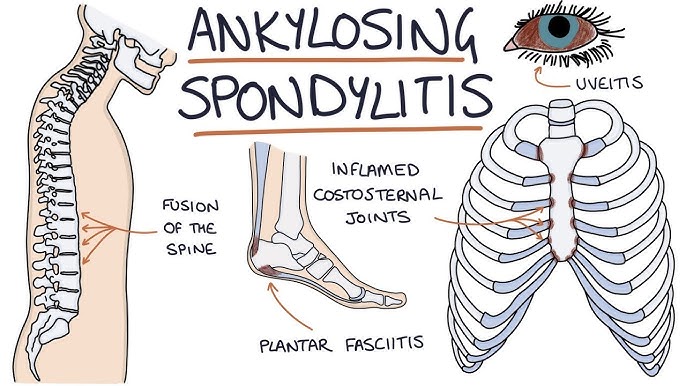
Ankylosing Spondylitis
VAnkylosing spondylitis is a form of arthritis featuring chronic inflammation of the spine and the sacroiliac joints.Ankylosing spondylitis belongs to a group of arthritis conditions that tend to cause chronic inflammation of the spine.Ankylosing spondylitis affects males two to three times more commonly than females.Ankylosing spondylitis is a cause of back pain in adolescents and young adults.The tendency to develop ankylosing spondylitis is genetically inherited.Ankylosing spondylitis is also a systemic disease, meaning it can affect tissues throughout the body, not just the spine. Accordingly, it can cause inflammation in and injury to other joints away from the spine manifest as arthritis, as well as to other organs, such as the eyes, heart, lungs, and kidneys.
Symptoms:
Dull ache
Numbness
Tingling
Sharp pain
Pulsating pain
Pain with movement of the spine
Pins and needles sensation
Muscle spasm
Tenderness
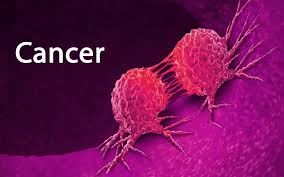
Cancer
Cancer is a group of diseases involving abnormal cell growth with the potential to invade or spread to other parts of the body.These contrast with benign tumors, which do not spread to other parts of the body.Possible signs and symptoms include a lump, abnormal bleeding, prolonged cough, unexplained weight loss and a change in bowel movements.While these symptoms may indicate cancer, they may have other causes.Over 100 types of cancers affect humans.Many cancers can be prevented by not smoking, maintaining a healthy weight, not drinking too much alcohol, eating plenty of vegetables, fruits and whole grains, vaccination against certain infectious diseases.
Symptoms of Anal Fissure:
When cancer begins, it produces no
symptoms
Change in bowel or bladder habits
A sore throat that does not heal
Unusual bleeding or discharge (for
example, nipple secretions or a “sore” that will not heal that oozes material)
Thickening or lump in the breast,
testicles, or elsewhere
Indigestion (usually chronic) or
difficulty swallowing
Obvious change in the size, color, shape,
or thickness of a wart or mole
Nagging cough or hoarseness unintentional
loss of weight or loss of appetite
Recurring infections which will not clear
with usual treatment

Cerebral Atrophy
Cerebral atrophy is a common feature of many of the diseases that affect the brain. Atrophy of any tissue means a decrement in the size of the cell, which can be due to progressive loss of cytoplasmic proteins. In brain tissue, atrophy describes a loss of neurons and the connections between them. Atrophy can be generalized, which means that all of the brain has shrunk; or it can be focal, affecting only a limited area of the brain and resulting in a decrease of the functions that area of the brain controls. If the cerebral hemispheres (the two lobes of the brain that form the cerebrum) are affected, conscious thought and voluntary processes may be impaired. Atrophy can affect different parts of the brain.
Symptoms:
Dementia is the loss of memory, learning,
abstract thinking, and executive functions such as planning and organizing
Seizures are surges of abnormal electrical
activity in the brain that cause repetitive movements, convulsions, and sometimes a
loss of consciousness
Aphasias involve trouble speaking and
understanding language
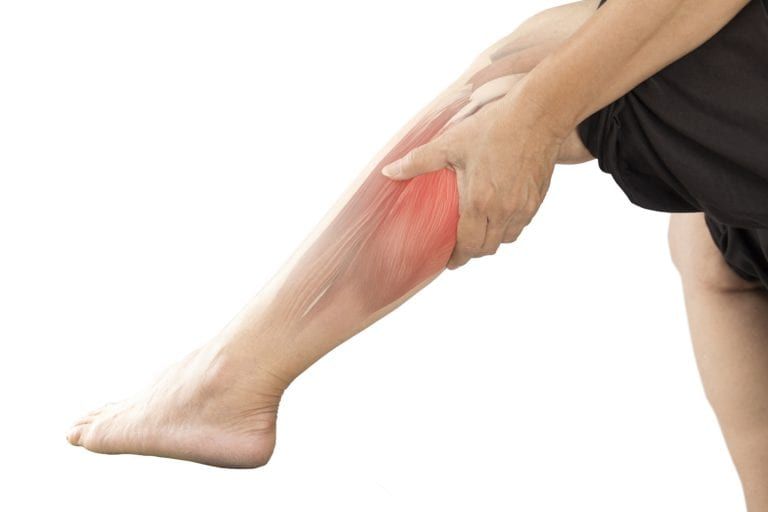
Cramps
A muscle cramp is a sudden and involuntary contraction of one or more of your muscles.Muscle cramps can occur in any muscle; cramps of the leg muscles and feet are particularly common.Almost everyone experiences a muscle cramp at some time in their life.Muscle cramps may occur during exercise, at rest, or at night, depending upon the exact cause. Cramps may occur in a skeletal muscle or smooth muscle. Skeletal muscle cramps may be caused by muscle fatigue or a lack of electrolytes such as low sodium, low potassium or low magnesium. Cramps of smooth muscle may be due to menstruation or gastroenteritis.
Symptoms
Local pain
Tenderness
Firmness of the involved muscle
This disturbs the function of the involved
extremity. When a hand muscle is affected, it can lead to difficulty in writing
(writer’s cramp) or grasping. When the muscles of the calf or foot are affected, it
can lead to difficulty walking.
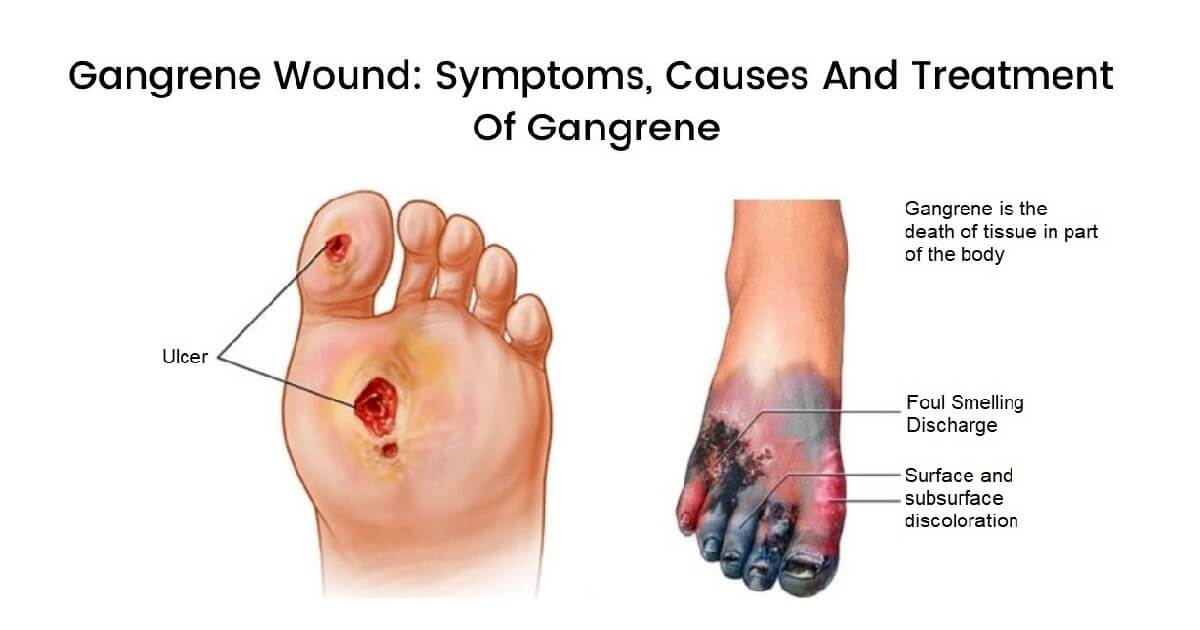
Gangrene
Gangrene is a term that describes dead or dying body tissues that occur because the local blood supply to the tissue is either lost or is inadequate to keep the tissue alive. Gangrene has been recognized as a localized area of tissue death since ancient times.There are two major types of gangrene, referred to as dry and wet. Many cases of dry gangrene are not infected. All cases of wet gangrene are considered to be infected, almost always by bacteria. The most common sites for both wet and dry gangrene to occur are the digits (fingers and toes) and other extremities (hands, arms, feet, and legs).
Symptoms:
Numbness
Pain
Skin breakdown
Coolness
A change in skin color to red or black
Swelling and pain at the site of
infection
Change in skin color from red to brown to
black
Blisters or sores that produce a
bad-smelling discharge (pus)
Fever and feeling unwell
A crackling noise that comes from the
affected area when pressed
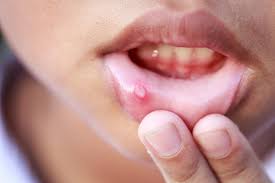
Ulcers
An ulcer is a discontinuity or break in a bodily membrane that impedes the organ of which that membrane is a part from continuing its normal functions.Stomach ulcers, which are also known as gastric ulcers, are painful sores in the stomach lining. Stomach ulcers are a type of peptic ulcer disease. Peptic ulcers are any ulcers that affect both the stomach and small intestines. Stomach ulcers occur when the thick layer of mucus that protects your stomach from digestive juices is reduced. This allows the digestive acids to eat away at the tissues that line the stomach, causing an ulcer. Stomach ulcers may be easily cured, but they can become severe without proper treatment.
Symptoms
Dull pain in the stomach
Weight loss
Not wanting to eat because of pain
Nausea or vomiting
Bloating
Feeling easily full
Burping or acid reflux
Heartburn (burning sensation in the
chest)
Pain that may improve when you eat, drink,
or take antacids
Anemia (symptoms can include tiredness,
shortness of breath, or paler skin)
Dark, tarry stools
Vomit that’s bloody or looks like coffee
grounds
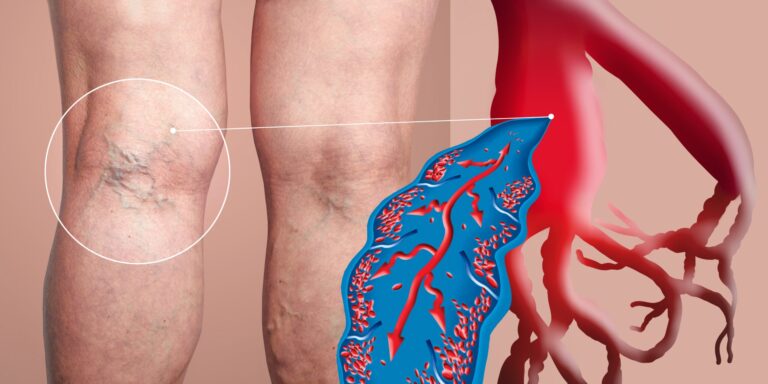
Thrombosis
Thrombosis is the formation of a blood clot inside a blood vessel, obstructing the flow of blood through the circulatory system. When a blood vessel (a vein or an artery) is injured, the body uses platelets (thrombocytes) and fibrin to form a blood clot to prevent blood loss. Even when a blood vessel is not injured, blood clots may form in the body under certain conditions. A clot, or a piece of the clot, that breaks free and begins to travel around the body is known as an embolus. Thrombosis may occur in veins (venous thrombosis) or in arteries. Venous thrombosis leads to congestion of the affected part of the body.
Symptoms:
Swelling in your foot, ankle, or leg,
usually on one side
Cramping pain in your affected leg that
usually begins in your calf
Severe, unexplained pain in your foot and
ankle
An area of skin that feels warmer than the
skin on the surrounding areas
Skin over the affected area turning pale or
a reddish or bluish color

Depression
Depression is a state of low mood and aversion to activity that can affect a person’s thoughts, behavior, tendencies, feelings, and sense of well-being. A depressed mood is a normal temporary reaction to life events such as loss of a loved one.Melancholic depression is a form of major depressive disorder (MDD) which presents with melancholic features. Although melancholic depression used to be seen as a distinct disorder.The disorder can affect many areas of life, including work, school, and relationships. It may also impact mood and behavior as well as various physical functions, such as appetite and sleep. People with MDD often lose interest in activities they once enjoyed and have trouble getting through the day.
Symptoms
Persistent feelings of extreme sadness for
a long period of time
Loss of interest in activities that were
once enjoyable
Having a lack of energy or feeling
fatigued
Feeling anxious or irritable
Eating too much or too little
Sleeping too much or too little
Experiencing changes in body movement (for
example, jiggling your leg when you didn’t before)
Difficulty concentrating, making
decisions, and remembering things
Thinking or talking about death or
suicide
Suicide attempt
Loss of pleasure in all or most daily
activities
Lack of reactivity to positive news and
events
Deep feelings of despair and
worthlessness
Sleep disruptions Significant weight loss
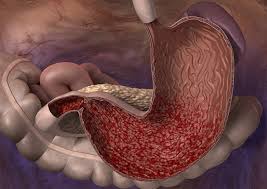
Gastritis
Gastritis is an inflammation, irritation, or erosion of the lining of the stomach. It can occur suddenly (acute) or gradually (chronic).Complications may include bleeding, stomach ulcers, and stomach tumors.The two major causes of gastritis are: 1) a bacterium named Helicobacter pylori or H. pylori, 2) nonsteroidal anti-inflammatory drugs (NSAIDs). However, there are many other causes like other infectious agents, autoimmune problems, diseases like Crohn’s disease, sarcoidosis, and isolated granulomatosis gastritis.
Symptoms:
Nausea or recurrent upset stomach
Abdominal bloating
Abdominal pain
Vomiting
Indigestion
Burning or gnawing feeling in the stomach between meals or at night
Hiccups
Loss of appetite
Vomiting blood or coffee ground-like material
Black, tarry stools
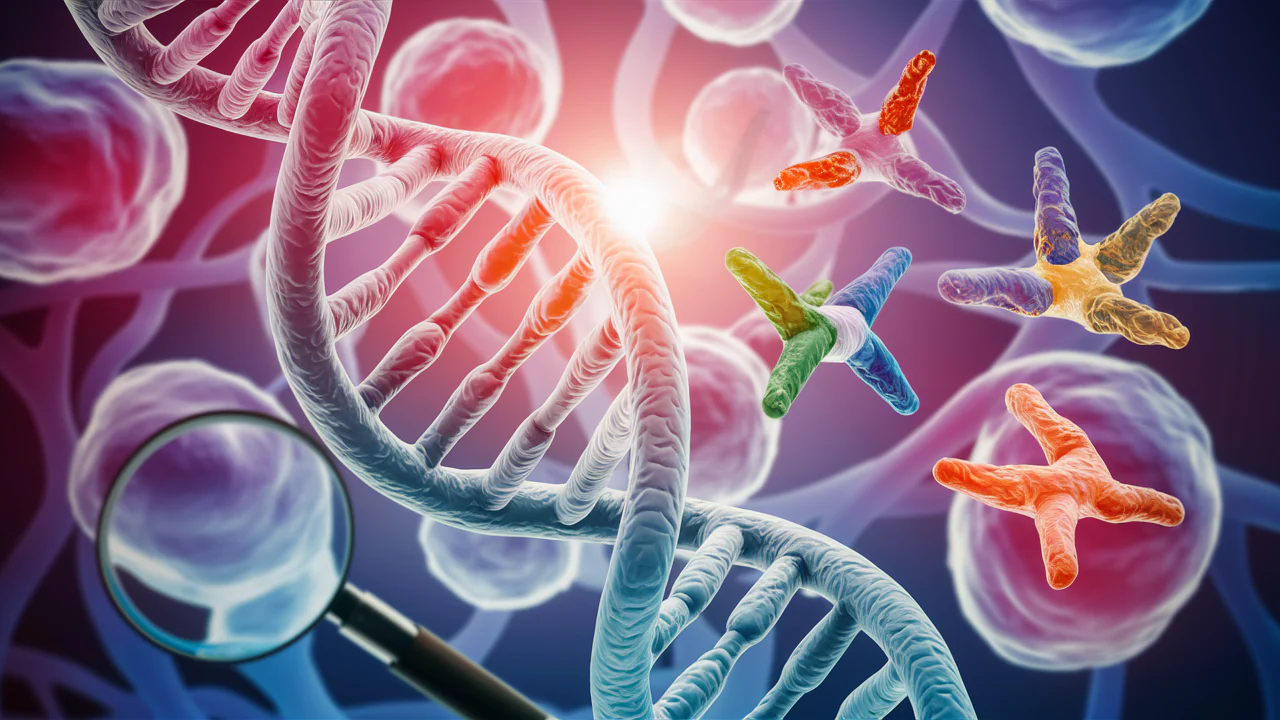
Genetic Disorder
A genetic disorder is a genetic problem caused by one or more abnormalities in the genome. Most genetic disorders are quite rare and affect one person in every several thousands or millions.Genetic disorders may be hereditary, passed down from the parents’ genes. In other genetic disorders, defects may be caused by new mutations or changes to the DNA.Genes are the building blocks of heredity. They are passed from parent to child. They hold DNA, the instructions for making proteins. Proteins do most of the work in cells. They move molecules from one place to another, build structures, break down toxins, and do many other maintenance jobs.
Single Gene Disorder – When one specific gene is known to cause a disease it is known as single gene disorder. It is also called Mendelian disorder. Single gene disorders are not very common. Inheriting just one copy of the mutated gene is enough to have this disorder.Some examples of single gene disorders are sickle cell disease, muscular dystrophy, cystic fibrosis.
Chromosomal Abnormalities – It is a type of genetic disorder in which chromosomes or parts of the chromosomes are missing or altered. Chromosomes are the structures that bind the genes together. Chromosomal abnormalities can occur in a number of ways such as changes in the number of chromosomes, changes in the structure of chromosomes or how the chromosomes are inherited.Examples of chromosomal disorders include Down syndrome, Turner Syndrome, Williams Syndrome, Klinefelter Syndrome, CRI-DU-CHAT Syndrome.
Multifactorial Disorders – Multifactorial disorders are also known as complex disorder because they involve mutations in multiple genes coupled with lifestyle and environmental causes. Multifactorial or polygenic inheritance involves complex traits that are determined by various genes at different loci, and the effects of those genes are cumulative. Some examples of multifactorial disorders are breast cancer, ovarian cancer, colon cancer, Alzheimer’s disease, hypothyroidism, coronary heart disease, diabetes mellitus, osteoporosis, asthma, gout.
Symptoms:
Ear abnormalities
Unusually shaped eyes
Different colored eyes
Facial features that are unusual or different from other family members
Brittle or sparse hair
Excessive body hair
White patches of hair
Large or small tongue
Misshapen teeth
Missing or extra teeth
Loose or stiff joints
Unusually tall or short stature
Webbed fingers or toes
Excessive skin
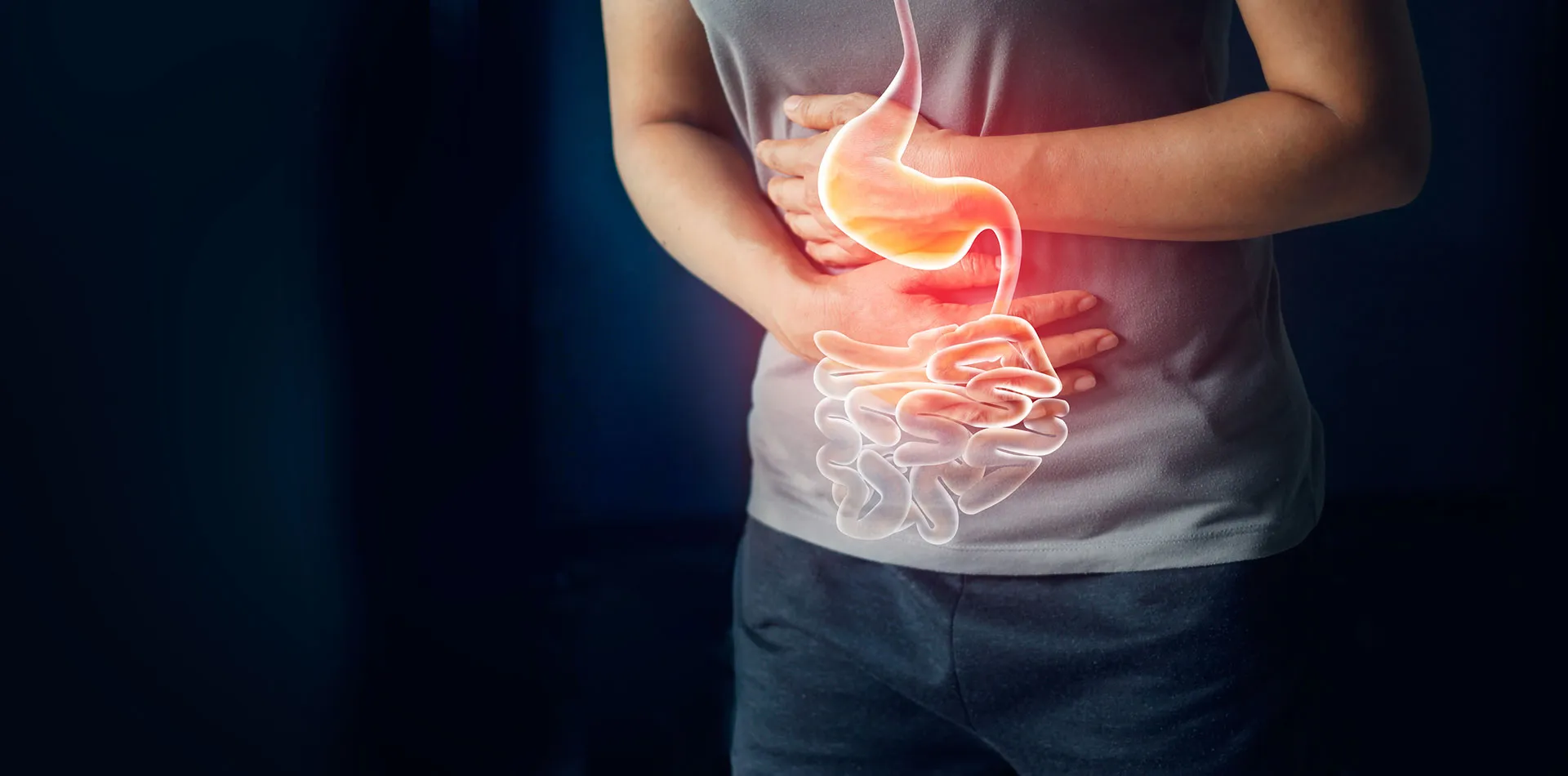
Indigestion
Indigestion is a term that describes a feeling of fullness or discomfort in the upper abdomen (dyspepsia) or burning pain behind the breastbone (heartburn). Dyspepsia and heartburn may occur together or on their own. Symptoms usually appear soon after eating or drinking.
Indigestion is a common problem that affects many people, but in most cases it’s mild and only occurs occasionally.ndigestion may be caused by stomach acid coming into contact with the sensitive, protective lining of the digestive system (mucosa). The stomach acid breaks down the lining, leading to irritation and inflammation, which can be painful.
Symptoms:
Burning in the stomach or upper abdomen
Abdominal pain
Bloating (full feeling)
Belching and gas
Nausea and vomiting
Acidic taste
Growling stomach

Insomnia
Insomnia is a sleep disorder. Individuals who suffer from insomnia find it difficult to fall asleep, stay asleep, or both. They don’t feel refreshed when they wake up from sleeping.Insomnia is typically followed by daytime sleepiness, low energy, irritability, and a depressed mood.It may result in an increased risk of motor vehicle collisions, as well as problems focusing and learning.[1] Insomnia can be short term, lasting for days or weeks, or long term, lasting more than a month.
Symptoms
Difficulty falling asleep at night
Waking during the night
Waking earlier than desired
Still feeling tired after a night’s sleep
Daytime fatigue or sleepiness
Irritability, depression, or anxiety
Poor concentration and focus
Being uncoordinated, an increase in errors or accidents
Tension headaches (feels like a tight band around head)
Difficulty socializing
Gastrointestinal symptoms
Worrying about sleeping